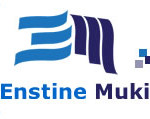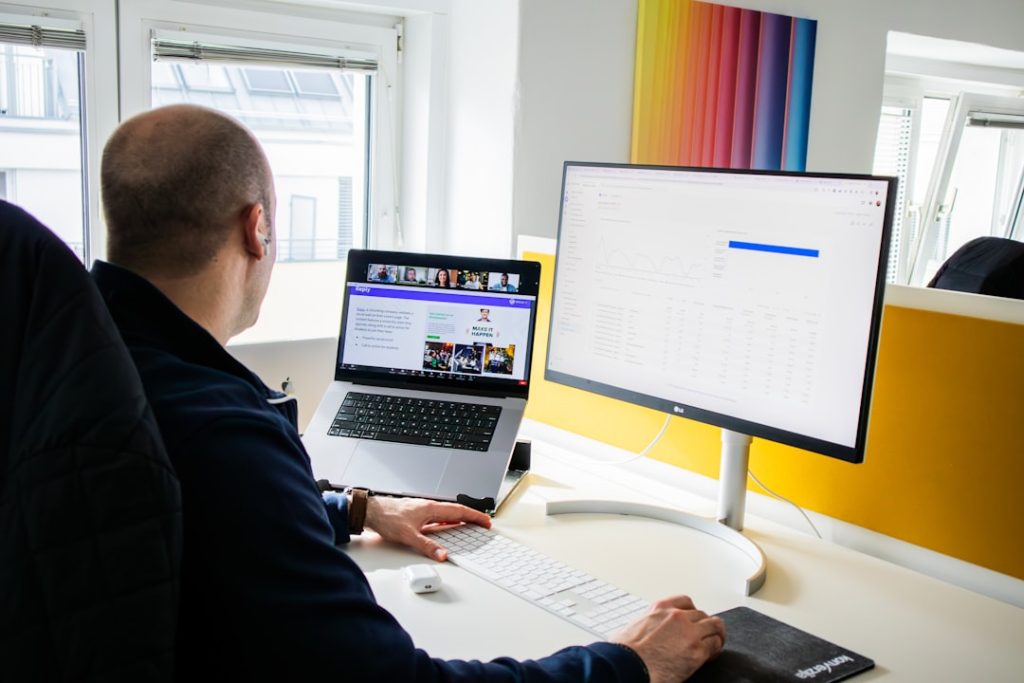With over 40% of the web powered by WordPress, it’s no surprise that many aspiring website owners, bloggers, entrepreneurs, and developers turn to this platform when starting their online journey. Whether you’re planning a personal blog or a business website, WordPress provides the flexibility and functionality you need — and the best part is, you don’t need to be a tech wizard to get started.
Why Choose WordPress in 2025?
As we step into 2025, WordPress remains one of the most reliable and future-proof platforms for website development. With regular updates, a vast community, thousands of plugins, themes, and hosting solutions tailored for WordPress users, the CMS (Content Management System) continually adapts to the evolving web landscape.
- Open-source and free – Customize it however you want.
- Large support community – Find tutorials, help, and forums for troubleshooting.
- Flexible design – Thousands of themes and plugins make site creation a breeze.
- SEO-friendly – Built-in features that help you rank in search engines.
Step-by-Step Guide to WordPress Website Development
Let’s walk through everything a beginner needs to know about setting up and developing a WordPress website.
1. Choose the Right WordPress Version: .com vs .org
Before anything else, decide whether you want to use WordPress.com or WordPress.org.
- WordPress.com is hosted for you, simpler for beginners, but with limitations in customization and monetization unless you opt for higher plans.
- WordPress.org gives you full control but requires purchasing a domain and hosting. It’s more flexible and considered better for serious projects.
2. Choose a Domain Name and Hosting Provider
This is a crucial step. Choose a domain name that’s memorable and reflects your brand or niche. Then pick a hosting provider known for WordPress support. In 2025, top hosting companies like Bluehost, SiteGround, Hostinger, and WP Engine offer hassle-free WordPress installation and plenty of support resources.
Pro tip: Look for hosting plans that include free SSLs, automatic backups, one-click installs, and 24/7 support.
3. Install WordPress and Access Your Dashboard
After purchasing a hosting plan and linking your domain, most providers allow you to install WordPress with just a click. Once installed, go to yourdomain.com/wp-admin to log into your WordPress dashboard — your command center, where all the magic happens!
4. Choose a Theme That Fits Your Style
A theme controls how your site looks and feels. Whether you want a minimal blog or a flashy business site, you’ll find themes for every occasion in the WordPress repository and third-party marketplaces.
In 2025, themes are more responsive, fast-loading, and customizable than ever. Look for these characteristics:
- Mobile-responsive design
- Optimized for performance
- Good user reviews and regular updates
- Support for block editors (like Full Site Editing and Gutenberg)
Popular themes include Astra, OceanWP, Neve, Divi, and Kadence. Many themes come with starter templates you can import and tweak directly.
5. Use Plugins to Extend Functionality
Plugins are like apps for your WordPress site. They increase functionality without the need for coding. There are plugins for SEO, speed optimization, social sharing, security, and more.
Here are some must-have plugins for beginners in 2025:
- Yoast SEO or Rank Math – For search engine optimization
- WPForms – Easily build contact and signup forms
- Elementor – Intuitive drag-and-drop page builder
- UpdraftPlus – Scheduled backups for peace of mind
- Wordfence – Keeps hackers away
Install plugins directly from the dashboard by going to Plugins > Add New and searching for what you need.
6. Configure Settings and Customize Your Site
Before launching your website, tweak essential settings:
- Set your homepage: choose between a static page or your latest posts
- Select permalink structure for SEO-friendly URLs (Settings > Permalinks)
- Set timezone, site title, and meta description (Settings > General)
- Create essential pages: Home, About, Contact, Privacy Policy
Customize appearance under Appearance > Customize. This allows changes to fonts, colors, logos, and more — all shown in real-time preview.
7. Learn the WordPress Editor
Since the introduction of the Gutenberg (block) editor, content creation has become more visual and flexible. In 2025, Full Site Editing (FSE) is now standard on most themes, allowing users to modify headers, footers, and templates using blocks.
The editor uses blocks for everything: paragraphs, images, videos, widgets, and more. You can easily rearrange them and add new ones. Elementor, Spectra, and other page builders also offer drag-and-drop alternatives for even more layout control.
8. Optimize Your Site for Speed and SEO
Speed and discoverability are crucial for attracting and retaining visitors. Here are simple ways beginners can improve both:
- Use a caching plugin – Like WP Super Cache or W3 Total Cache
- Optimize images – Use formats like WebP and plugins like ShortPixel
- Choose a lightweight theme – Avoid bloated code
- Enable lazy loading – Speeds up page loads for image-heavy sites
Search engines love fast, mobile-friendly websites. Combine the above with good on-page SEO, secure HTTPS, and quality content for best results.
9. Launch and Keep Updating Your Site
After testing everything (links, pages, speed), it’s time to go live! Share your website with the world. But remember — launching is just the beginning. Keep your WordPress installation, themes, and plugins updated to protect your site and give users the best experience.
Engage with your audience by adding a blog, product updates, or newsletters. The more dynamic your site is, the more repeat visitors it will attract.
Final Words for Beginners
WordPress development in 2025 is more accessible than ever. Whether you’re creating a blog, online portfolio, ecommerce store, or business website — you can do it with little to no coding knowledge. The key is to start small, learn as you go, and leverage the rich ecosystem of tools and communities available.
You don’t have to be perfect on day one. The beauty of WordPress lies in its scalability and adaptability as you grow.
Now that you have this guide, go ahead — turn your website idea into reality with WordPress!

